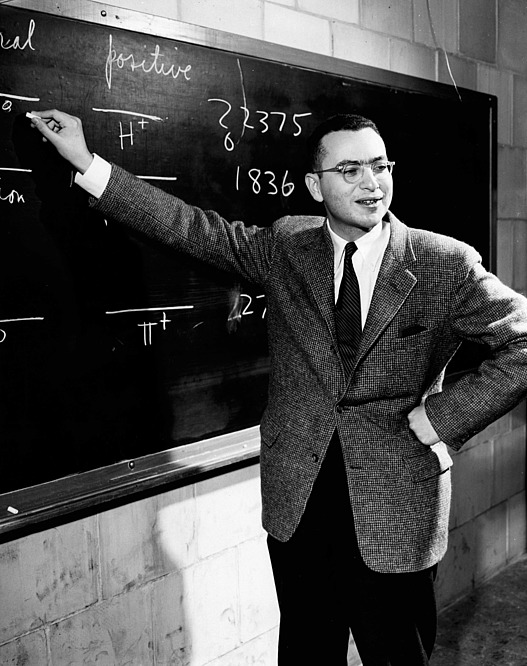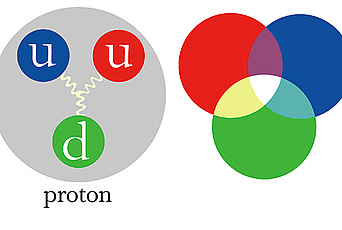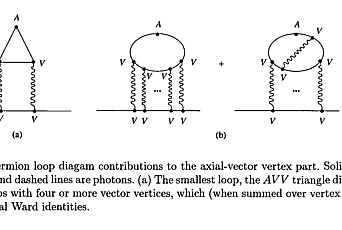
Murray Gell-Mann, Nobel-Winning Physicist Who Developed Quark Idea Dies at 89
Murray Gell-Man first came to the Institute as a Member in the School of Mathematics in the spring of 1951, returning subsequently in 1955 and 1967–68. The New York Times writes:
Murray Gell-Mann, who transformed physics with his preternatural ability to find hidden patterns among the tiny particles that make up the universe, earning a Nobel Prize, died on Friday at his home in Santa Fe. He was 89.
Much as atoms can be slotted into the rows and columns of the periodic table of the elements, Dr. Gell-Mann found a way, in 1961, to classify their smaller pieces — subatomic particles like protons, neutrons, and mesons, which were being discovered by the dozen in cosmic rays and particle accelerator blasts. Arranged according to their properties, the particles clustered in groups of eight and 10. Looking deeper, Dr. Gell-Mann realized that the patterns could be further divided into triplets of even smaller components. He decided to call them quarks after a line from James Joyce’s “Finnegans Wake” . . . Before long there were up quarks and down quarks, strange quarks and charm quarks, top quarks and bottom quarks, all stuck together with particles called gluons.
“Murray Gell-Mann dominated theoretical particle physics during the 1950s and ′60s, a period with an abundance of new experimental discoveries,” his colleague David J. Gross, another Nobel laureate in physics, said in an interview for this obituary in 2010. “With almost magical intuition Gell-Mann discerned the patterns and symmetries connecting the many new particles that were found.”
Read more at the New York Times.


